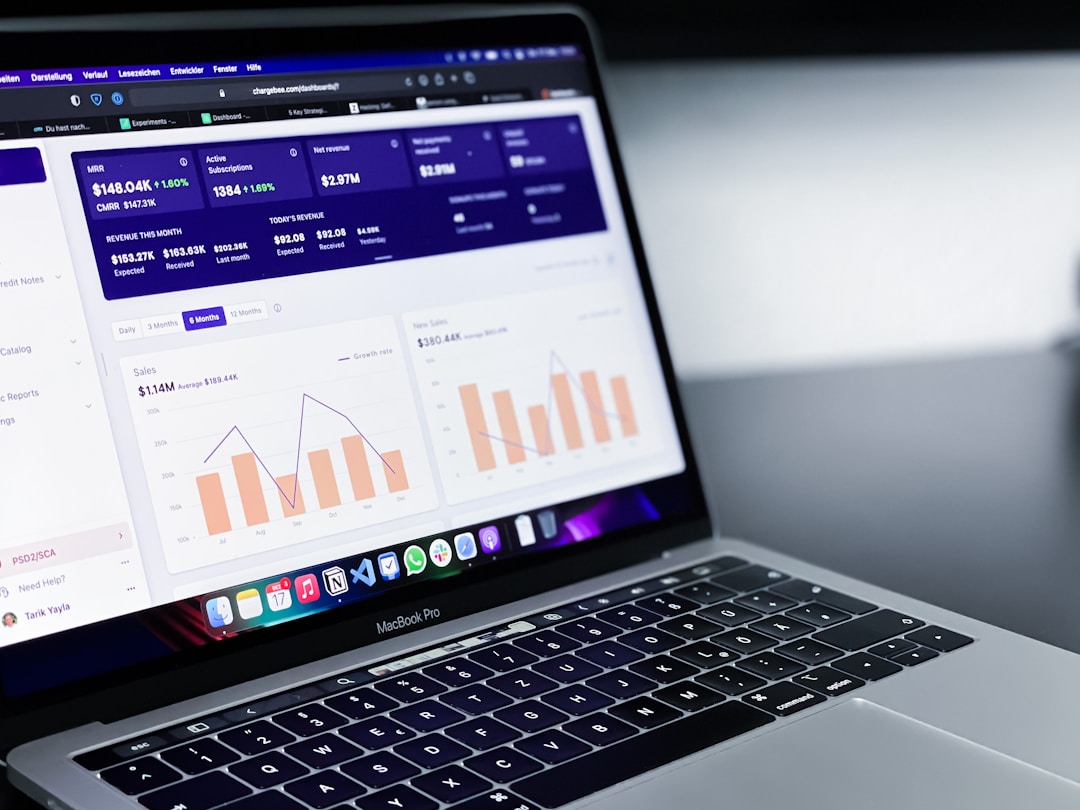The transportation industry is one of the most vital sectors of business in the United States. Every industry relies on the trucking industry to some degree, and we’re seeing right now how weak links in the supply chain can hurt the entire U.S. economy. But, we don’t need to convince you how important the transportation industry is.
Fleet managers and owners have a lot on their plates, and they need the right tools and strategies to maximize their fleet operations. Telematics technology is one of the best things to happen to your fleet, even if you don’t know it yet, which is all the more reason to read this short guide. Continue reading to learn what telematics is and how it can take your fleet to the next level.
What is fleet telematics?

Telematics isn’t new, but it’s come a long way in a very short time. Telematics is a vehicle-tracking technology that uses GPS to track vehicle location and telematics devices for tracking vehicle data and enabling telecommunications between fleet vehicles and dispatch.
As we mentioned, a fleet telematics system consists of a telematics device, GPS, and fleet management software to enable fleet managers and owners to monitor fleet data. Now, we’ll go on to explain some of its many functions and how it can help boost your fleet operations.
Telematics systems make fleets safer.
Driver safety is the biggest concern for fleet owners. Your company’s success depends on your drivers’ abilities to do their jobs safely and effectively, and any failure to do so could cost your company in terms of damages and reputation.

With the right fleet management system, you can track key data related to driver safety. Some of the insights you can get are your drivers’ average traveling speeds, harsh braking habits, and even how fast they turn corners. All of these data points can give you a comprehensive picture of your drivers’ performance. You can even use dashcams to see the road or your drivers in real-time and record footage.
Real-time vehicle data enables preventative maintenance.
Downtime can be a major issue for fleets. If your vehicles are down, they’re not out making deliveries, meaning they’re costing rather than earning. There are a lot of major vehicle problems you can prevent if you can address them in time, and fleet telematics enables you to do just that.
One of the best features of telematics technology is the use of data analytics for getting real-time vehicle health data. With this tool, you can find and fix problems before they occur, significantly decreasing fleet downtime. Who knew vehicle maintenance could be so simple?
Find the most efficient routes with analytics.

One problem a lot of fleets face is making deliveries on time. Some of the most common reasons are bad route planning and unexpected traffic jams. With the right telematics software, you can use big data to find the most efficient routes for your fleet operators. You can even use digital maps to see which routes are best to take during certain times of day and days of the week. Indeed, this feature can help reduce fuel efficiency and enhance driver performance.
Fleet managers and owners are well aware of the dangers facing their fleet operators and the high-stakes nature of the transportation industry. Telematics solutions can enhance safety and operations for your entire fleet, increasing your bottom line. Fleet telematics systems help improve driver safety and enable more effective vehicle maintenance. You can also use fleet telematics to find the best routes for your drivers, improving fuel efficiency and driver performance.
Fleet telematics is the ideal fleet management solution for fleets of all sizes. It can even help your company save on its insurance premiums. So, are you ready to put telematics technology to work for your fleet?

